
This year’s Olympics are now in full swing and it’s all eyes on the athletes.
From archery and shooting to athletics and gymnastics, there’s all kind of sports taking place across Paris, France, at the moment.
One fan-favorite sport to watch is the swimming, and this year there’s a whopping 854 athletes from 187 different countries competing.
But there’s a common theme you might have spotted with some of the swimmers and that’s the unusual dark red circles they have on their backs.

While it might look like they’ve had a fight with an octopus and lost, there’s a very different reason for the odd markings.
It turns out that the large spots are from cupping therapy – an ancient healing technique that involves placing cups on the skin to create suction and increase blood flow to the area.
The unconventional method is supposed to help with muscle recovery and is used as a type of deep tissue massage.
Some athletes were spotted with cupping therapy bruises back at the Rio Olympics in 2016, and it’s still seemingly popular now.

Gymnast Alexander Naddour told USA Today back in 2016 that cupping was supposedly the ‘secret’ to his health.
He added: “It’s been better than any money I’ve spent on anything else.”
Away from the Games, basketball player Kyle Singler has also praised cupping therapy.
“The bruises do look more intense than what they actually feel like, but the benefit from it is really great,” he previously insisted.
Singler continued to tell Sports Illustrated: “You’re not necessarily getting the immediate response that you might want but over time it does help with recovery and loosening tissue and stuff like that.”
But does cupping therapy actually work according to experts? It’s seems as if the jury’s still out.
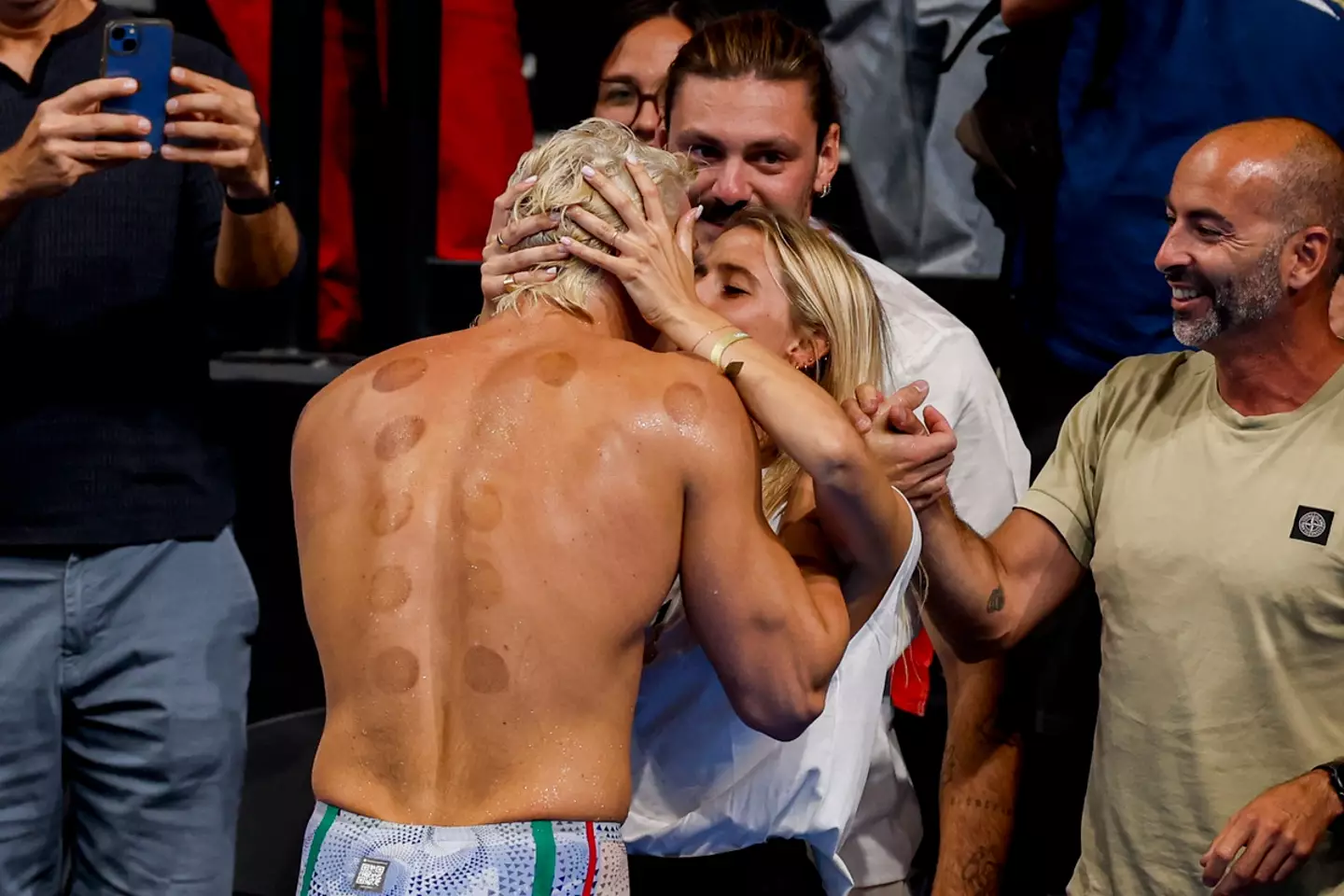
According to Harvard Health, some studies have found that cupping might provide some relief for a number of musculoskeletal and sports-related conditions. The quality of this evidence was ‘limited’, however.
Elsewhere a 2022 review found that wet (as opposed to dry cupping) was effective for lower back pain.
While the bruises people get from cupping are pretty gnarly, the therapy is generally seen as safe to practice – even if people aren’t 100 percent on how affective it is.
“Most experts agree that cupping is safe. As long as those treated don’t mind the circular discolorations (which fade over a number of days or weeks), side effects tend to be limited to the pinch experienced during skin suction,” Harvard Health explains.
“It’s quite unusual that cupping causes any serious problems (though, rarely, skin infections have been reported).”
There you have it, folks.
My SIL Gave Me Their Family Wedding Dress – Her Little Son Let Me Know It Was a Trap

My SIL Gave Me Their Family Wedding Dress – Her Little Son Let Me Know It Was a Trap
In a twist of fate and family dynamics, a young woman named Eve navigates the choppy waters of blending families as her wedding day approaches. But when her sister-in-law’s seemingly generous offer of a family heirloom reveals a hidden agenda, Eve must outwit a scheme designed to overshadow her special day.

A happy woman with flying hair on a river coast | Source: Pexels
As I, Eve, aged 23, stand on the threshold of matrimony with my beloved fiancé, Dexter, aged 24, the impending union feels like a dream. With just two months until our wedding day, I’m eager to share the remarkable journey that has led us here. But before the curtains rise on the main act, allow me to offer a glimpse into the backdrop that sets the scene for this unforgettable journey.

A happy couple lying in bed together | Source: Pexels
Dexter and I have been together for four years, engaged for two. We share a darling daughter, Bella, who is the light of our lives. My family fell in love with Dexter the moment I introduced him. He and my dad bond over their love for sports and fishing, and my mom adores him, treating him like the son she never had. I’m her only daughter, so I guess she cherishes having a “son” in Dexter.
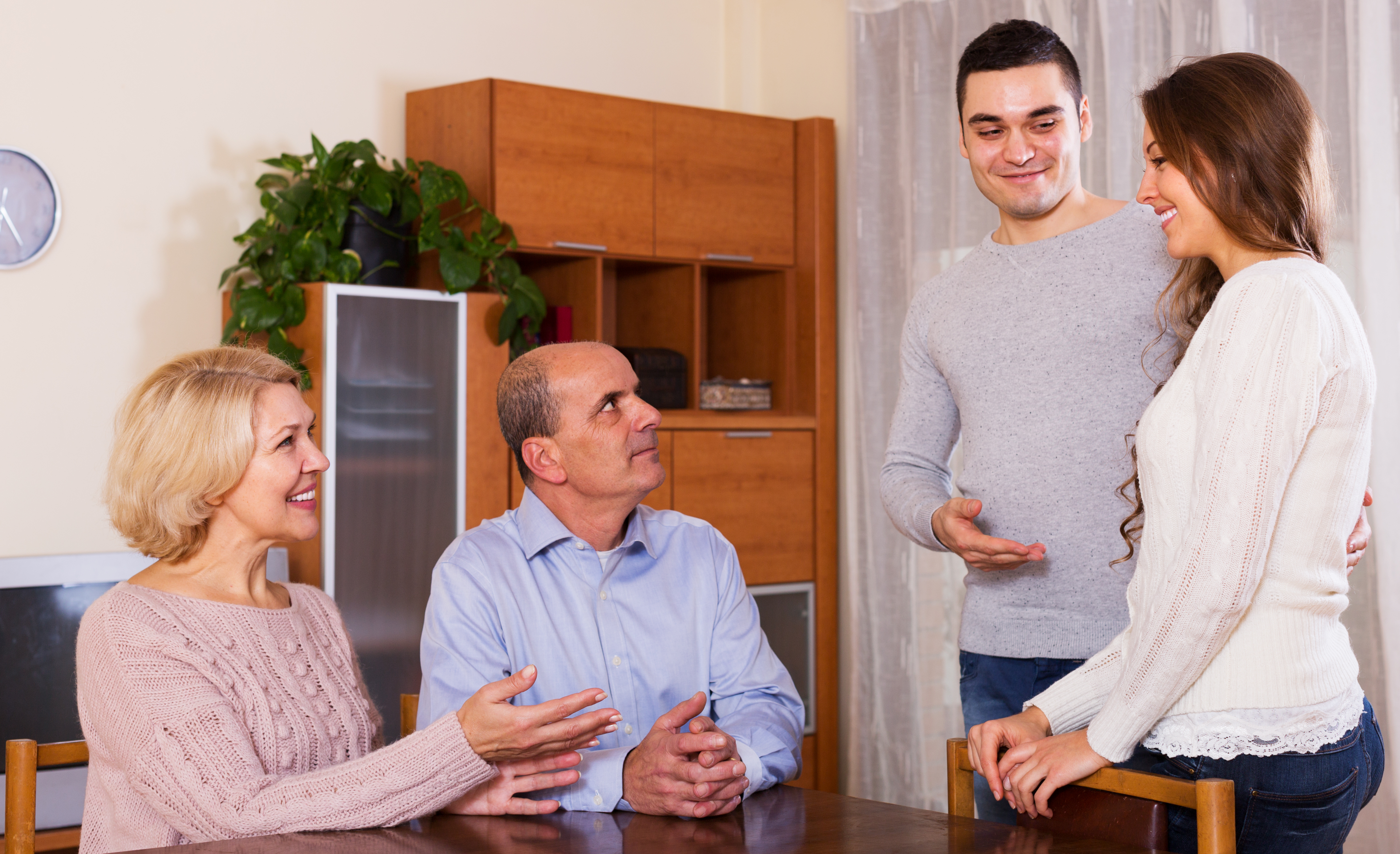
A young man introducing his future wife to his parents | Source: Shutterstock
However, Dexter’s family dynamic is a bit more complicated. While his parents are cordial, my relationship with his sister, Samantha, has been anything but smooth. Samantha has made it crystal clear she disapproves of me, and this animosity has been palpable from day one.

A scorned woman | Source: Shutterstock
When Dexter and I announced our pregnancy with Bella, Samantha’s reaction was far from warm. She called us reckless for starting a family so young and didn’t hold back her harsh comments.

A couple looking at sonogram photos | Source: Pexels
“Couldn’t you guys have waited to have a baby until marriage, or maybe engagement? Dex, sweetie, what was the rush, really?” she’d said, her voice dripping with sarcasm and disdain.

A couple kissing at their gender reveal party | Source: Pexels
Despite her attempts to sow discord, Dexter’s and my bond only grew stronger. I remember being three months pregnant when he orchestrated the most romantic proposal I could have ever imagined.

A couple having dinner in a restaurant | Source: Shutterstock
It was a cool evening, and Dexter had planned a surprise dinner at the spot where we had our first date. The area was softly lit with strings of lights, creating a magical atmosphere.

A sliced cake on a plate | Source: Pexels
As dessert was served, Dexter got down on one knee, his eyes shimmering with emotion, and asked if I would spend the rest of my life with him. Overwhelmed with joy, I said yes, tears streaming down my face. It was perfect.

A cropped image of a young man proposing to his girlfriend | Source: Shutterstock
Fast forward to the wedding preparations, and something happened that I never thought possible. Samantha reached out, her tone unexpectedly warm and apologetic. She confessed to having misjudged our relationship and offered her family’s heirloom wedding dress as a gesture of reconciliation.

An elderly woman taking out a bridal dress from her car’s trunk | Source: Flickr
The dress, a beautiful garment passed down through generations, was, according to Samantha, now mine to wear on my wedding day. Along with the dress, she sent a note so saccharinely sweet it was almost cloying, offering to assist with any alterations.

A close-up shot of a woman holding a note | Source: Pexels
In an attempt to mend bridges, Samantha even asked me to babysit her six-year-old son, Drew, while she was out on business. I agreed, and that day, as I was watching Drew, he noticed the wedding dress displayed in our living room.

A close-up shot of a ripped wedding dress | Source: Shutterstock
“Isn’t it broken?” Drew innocently inquired, tilting his head at the dress.
“What? The dress?” I asked, puzzled and taken aback.
“Yes, the dress,” Drew said. “Mommy mentioned it tore from one end when she sat down, and she thought about throwing it away because it couldn’t be fixed.”

A little boy sitting on wooden A-frame steps | Source: Pexels
At that moment, the pieces began to fall into place. Samantha’s sudden change of heart, her “kind” gesture, it was all a facade. As I digested this revelation, I tried to keep my composure for Drew’s sake.
“Sweetie, do you know what your mom will wear for my wedding?” I asked, aiming to change the subject yet curious about his response.

A young woman talking to a little boy | Source: Getty Images
“Yes. A white dress. It looks like this but nicer,” Drew said, pointing to the damaged gown before running off to play, oblivious to the bombshell he had just dropped.

A white bridal gown | Source: Pexels
Sitting there, I realized the depth of Samantha’s manipulation. She hadn’t just attempted to humiliate me; she planned to outshine me at my own wedding. The sweetness, the sudden warmth, it was all a meticulously crafted trap.

A determined woman | Source: Shutterstock
It didn’t take long for the gears in my mind to start turning. I was hurt, yes, but more than that, I felt a spark of defiance ignite within me. Samantha’s ploy had been clever, designed to put me in the shadows on my own wedding day. But as the initial shock wore off, I couldn’t help but smirk at the thought of turning the tables on her. So, that’s exactly what I decided to do.

An invitation card with the inscription tied with ribbon | Source: Pexels
With a newfound resolve, I started planning. The idea was simple yet effective: change the dress code for the wedding. But there was a twist – I would inform every guest about this change except Samantha and her immediate family.

A Gmail home page open on a laptop | Source: Shutterstock
Over the next few days, I sent out emails to each guest, articulating the new theme of the wedding: everyone was to wear white. The irony of the situation wasn’t lost on me; Samantha wanted to stand out in white, and now, she would blend in with everyone else.

Guests sitting on chairs during a wedding ceremony | Source: Shutterstock
The wedding day arrived with a buzz of excitement in the air. Guests began to arrive, each donned in various shades of white, from ivory to cream, creating a sea of uniformity. The atmosphere was electric, anticipation building for the bride’s entrance. And then, there was Samantha, making her grand entrance in a white dress that was undoubtedly meant to steal the spotlight.
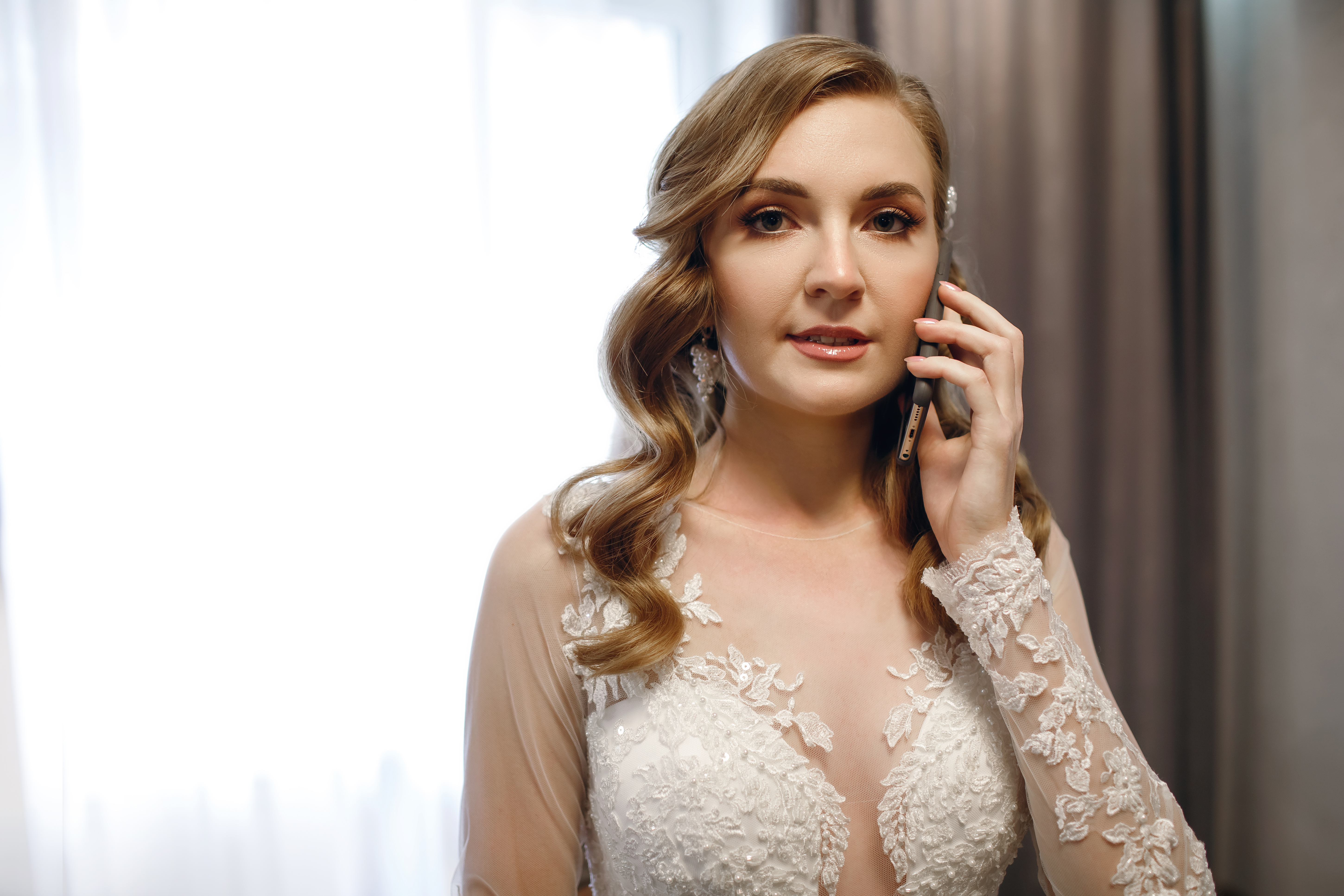
An angry young woman in a wedding dress talking on her phone | Source: Shutterstock
Her confidence was palpable as she walked in, head held high, until she realized the sea of white that surrounded her. The shock on her face was priceless – her jaw dropped, and for a moment, she looked as if she might topple over in her high heels.
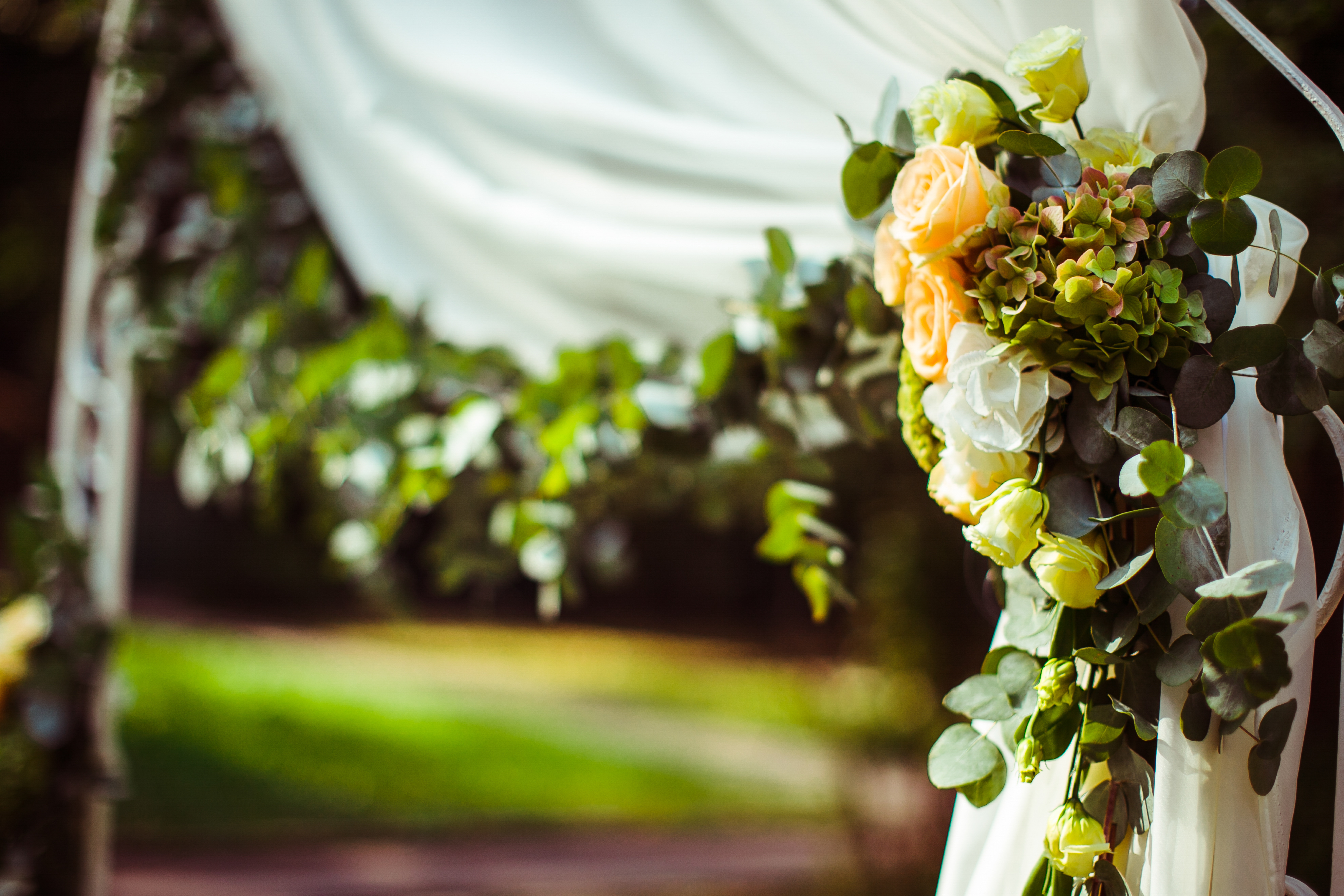
Flower decorations at a wedding altar | Source: Shutterstock
But the best was yet to come. As the ceremony began, all eyes turned toward the back of the venue, waiting for the bride to make her entrance. The doors opened, and there I was, not in white but in a stunning red dress that took everyone’s breath away.
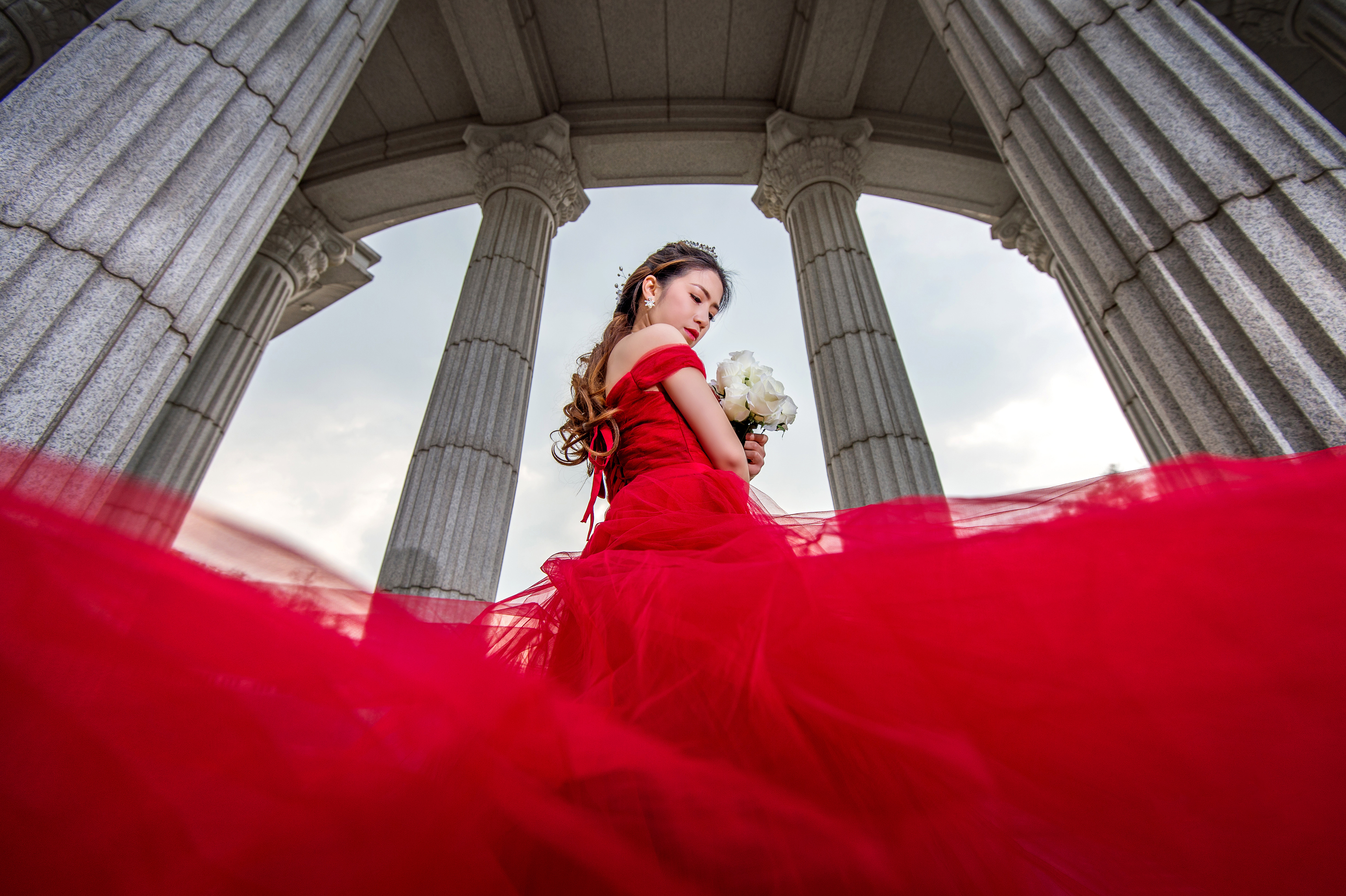
A bride in red wedding dress | Source: Shutterstock
The dress was a statement, a symbol of love and defiance, and as I walked down the aisle, I could feel the strength and support of our loved ones enveloping me. Dexter’s face lit up with a mixture of surprise and admiration, and I knew in that moment, we were on the same page, united against any attempt to diminish our happiness.

A bride and groom holding hands | Source: Pexels
The ceremony was beautiful, filled with laughter, tears, and an overwhelming amount of love. Samantha, now just another guest in white, watched from the sidelines, her scheme foiled and her impact nullified. As the celebration continued, I felt a profound sense of victory, not just for myself, but for our family’s future, knowing that we could face anything together.
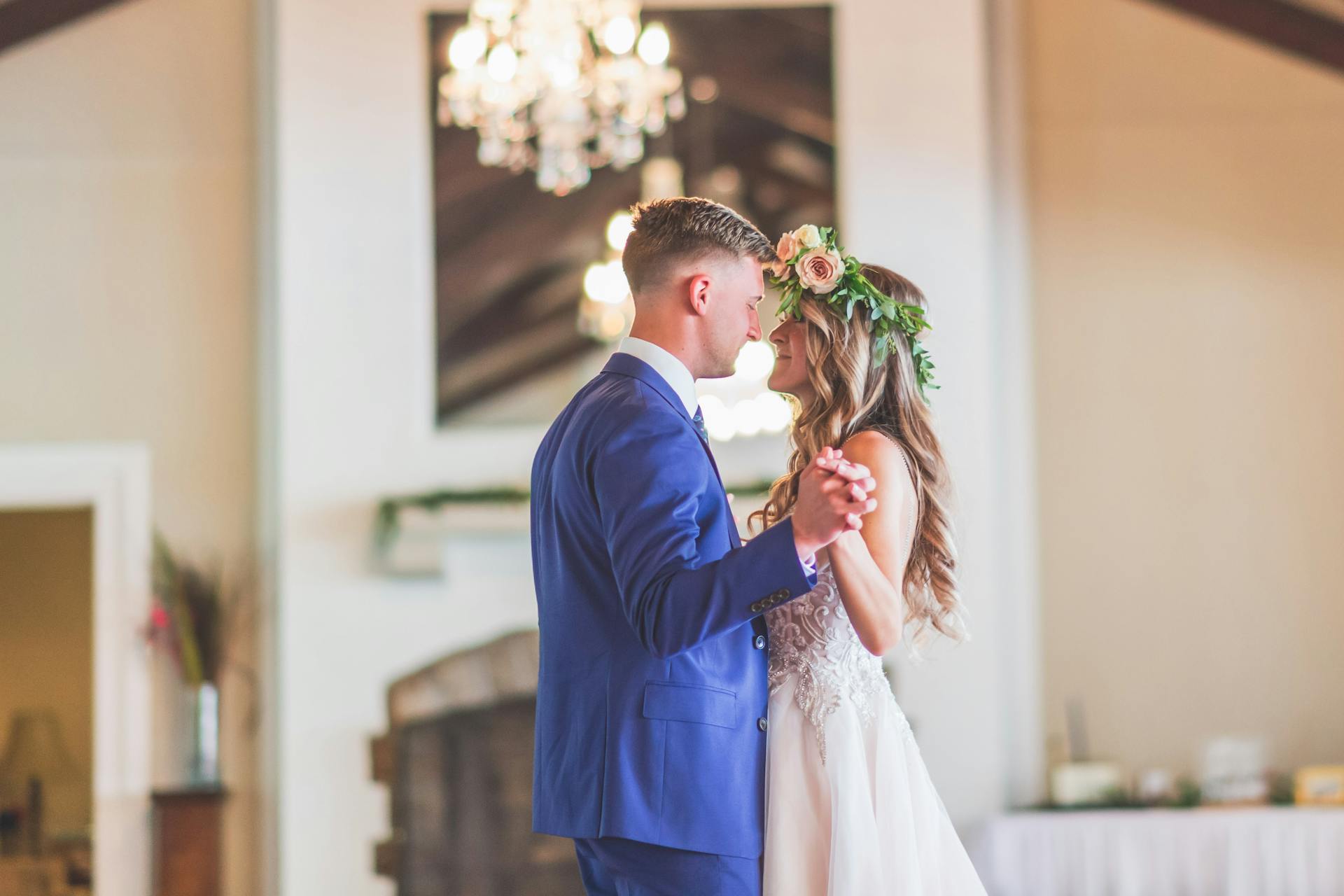
A bride and groom dancing | Source: Pexels
Looking back, some might say I took the high road, while others might argue I stooped to Samantha’s level. But in that moment, it felt like the only way to reclaim my wedding day and send a clear message: no one could diminish our happiness or love.

A woman laughing | Source: Pexels
So, did I do the right thing? In a world where actions have consequences, was my response justified, or did I let the desire for revenge cloud my judgment? I’d love to hear your thoughts.



Leave a Reply